When do I need to prune my shrubs? Here are 4 things to know
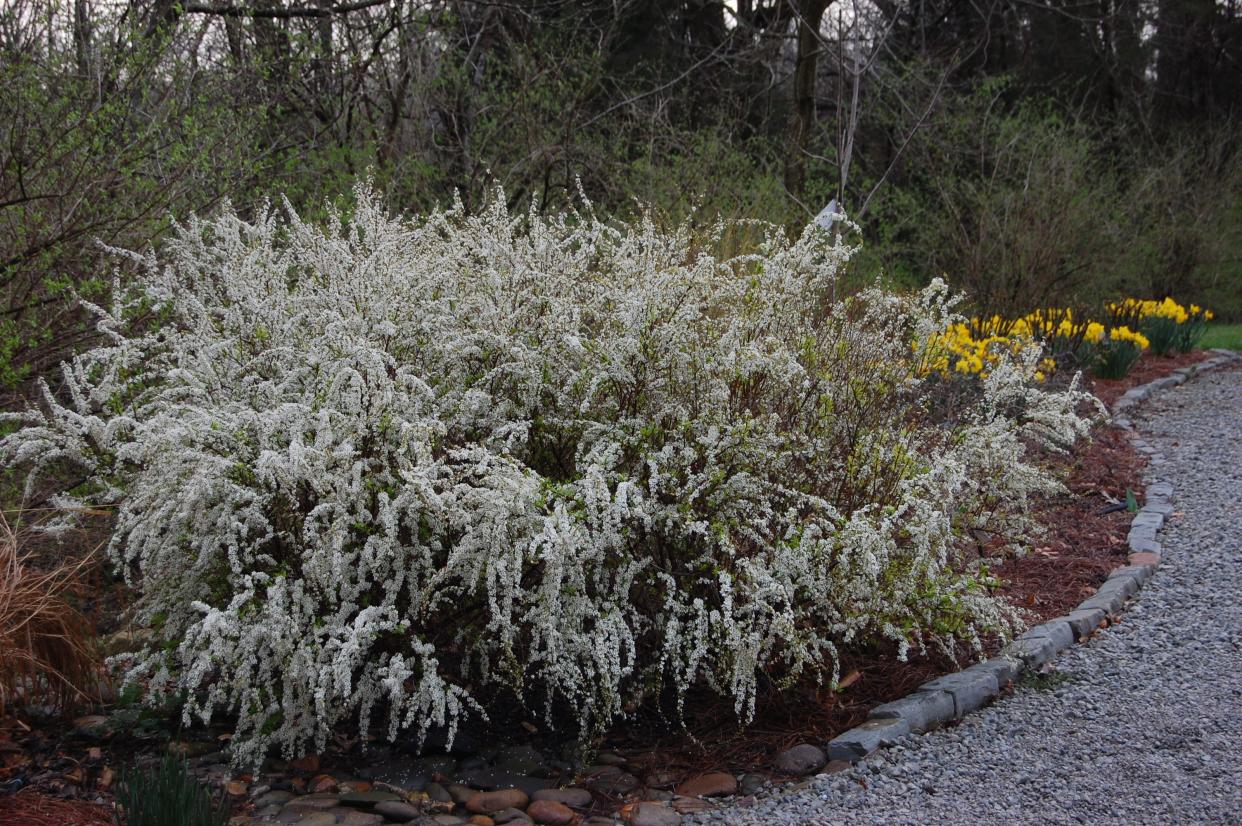
“Is it time for me to prune my shrubs?”
If I gathered up all the billions of garden questions people have asked me over the years, via email, at the annual neighborhood barbeque, or even as I’m lying on the operating room table waiting for the anesthesiologist to fit the mask over my face (I’m actually not making that one up!) the shrub pruning question is the hands-down winner. I don’t know why we are all so devoted to pruning our shrubs but there’s no denying it ... we love to whack away whenever we get the chance.
And of course, if you read this column, you know my answer to the pruning question will be a definite “it depends.”
So here are the basics to help you answer the question for your particular situation.
When to prune flowering shrubs?
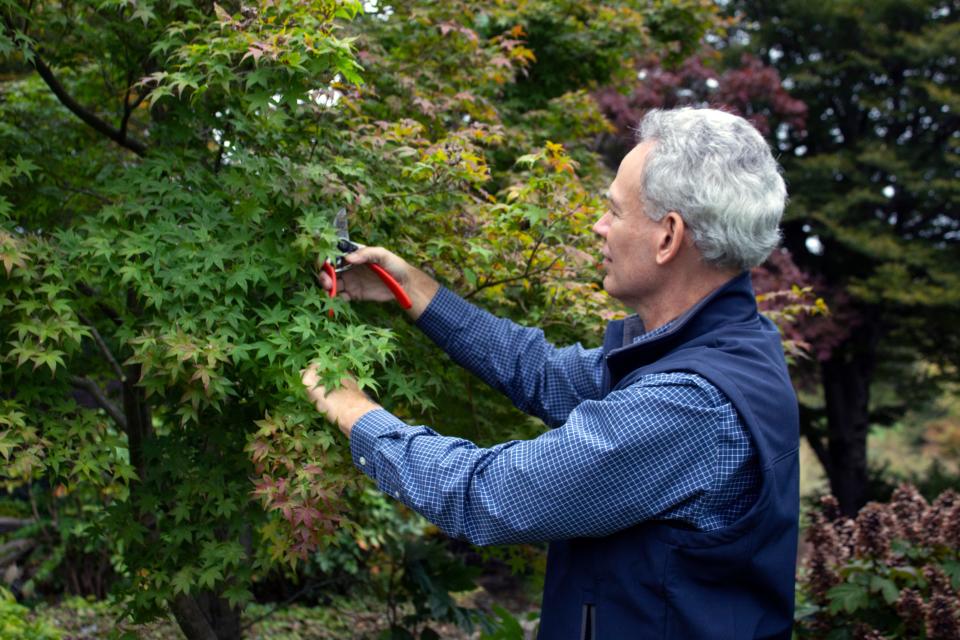
The classic answer to the “when do I prune my shrub” question is to approach it from the perspective of maximizing bloom production. After all, we often plant shrubs primarily for their seasonal color display, so we want the most color bang for our horticultural buck.
The age-old approach to maximizing a shrub’s show is to consider when and how a shrub produces flower buds. Those that flower on what we call old wood — those that produce flower buds in the fall but hold off until spring for them to open — are generally pruned after bloom. If you prune old wood flowering shrubs in winter, you remove flower buds that would open the following spring. Post-bloom pruning allows the plant to put on maximum show before you wield the pruners. The list of old-wood bloomers includes lilacs, viburnums and forsythia.
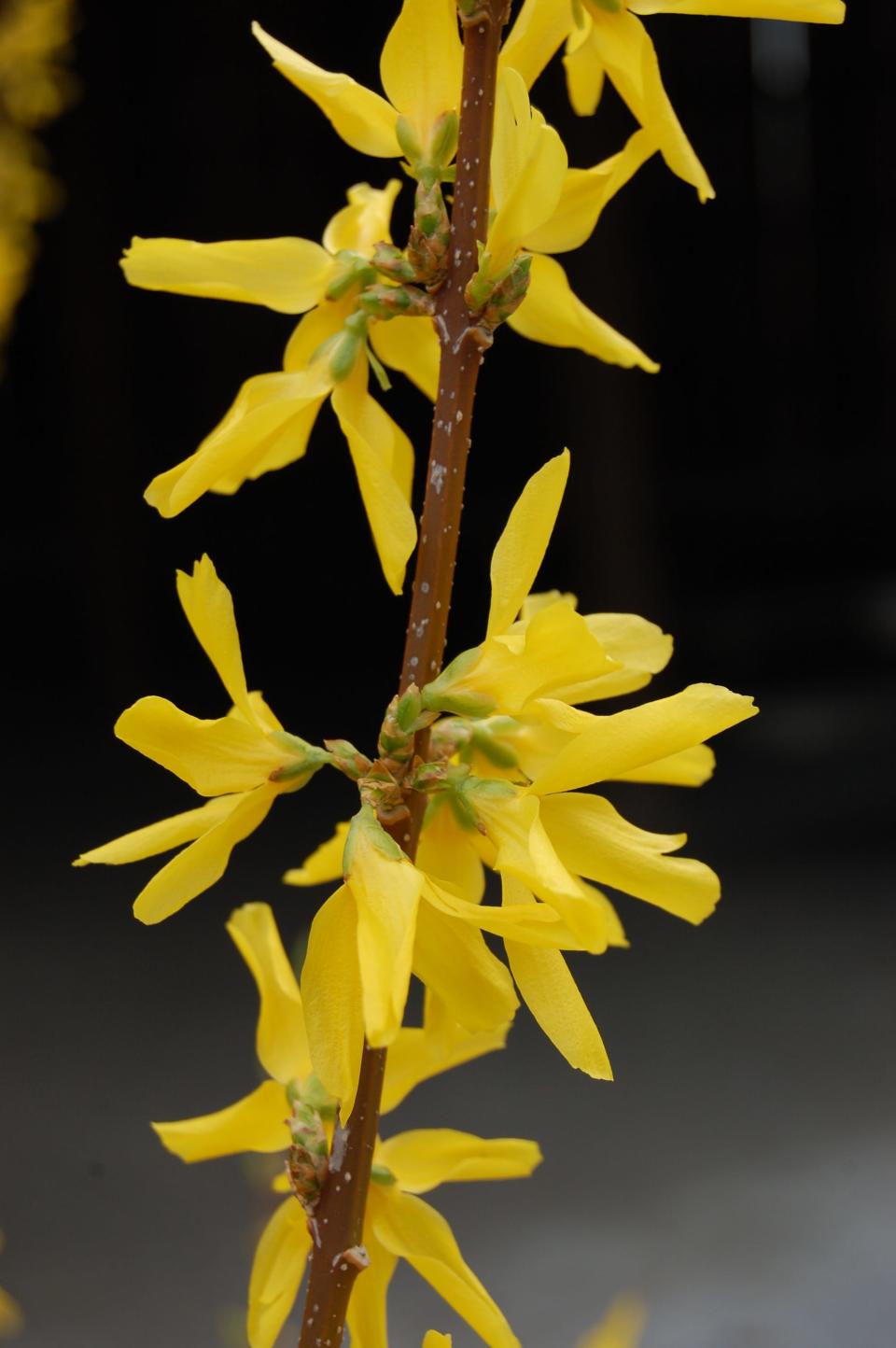
Shrubs that bloom on new wood offer the gardener more pruning leeway. Since these plants produce flowers on the tips of the current season’s growth, there are no overwintering flower buds to worry about. New wood blooming shrubs first put out new shoot growth in spring. It’s only later in the summer that they produce their flowers. Many new wood-blooming shrubs can be cut to the ground in winter and will still flower the next summer. Examples of new wood-blooming shrubs are butterfly bush (Buddleia species and hybrids) and beauty berry (Callicarpa species).
But beyond the bloom question, there are still other considerations that come into play when trying to decide on a pruning protocol.
Should I prune to maintain plant health?
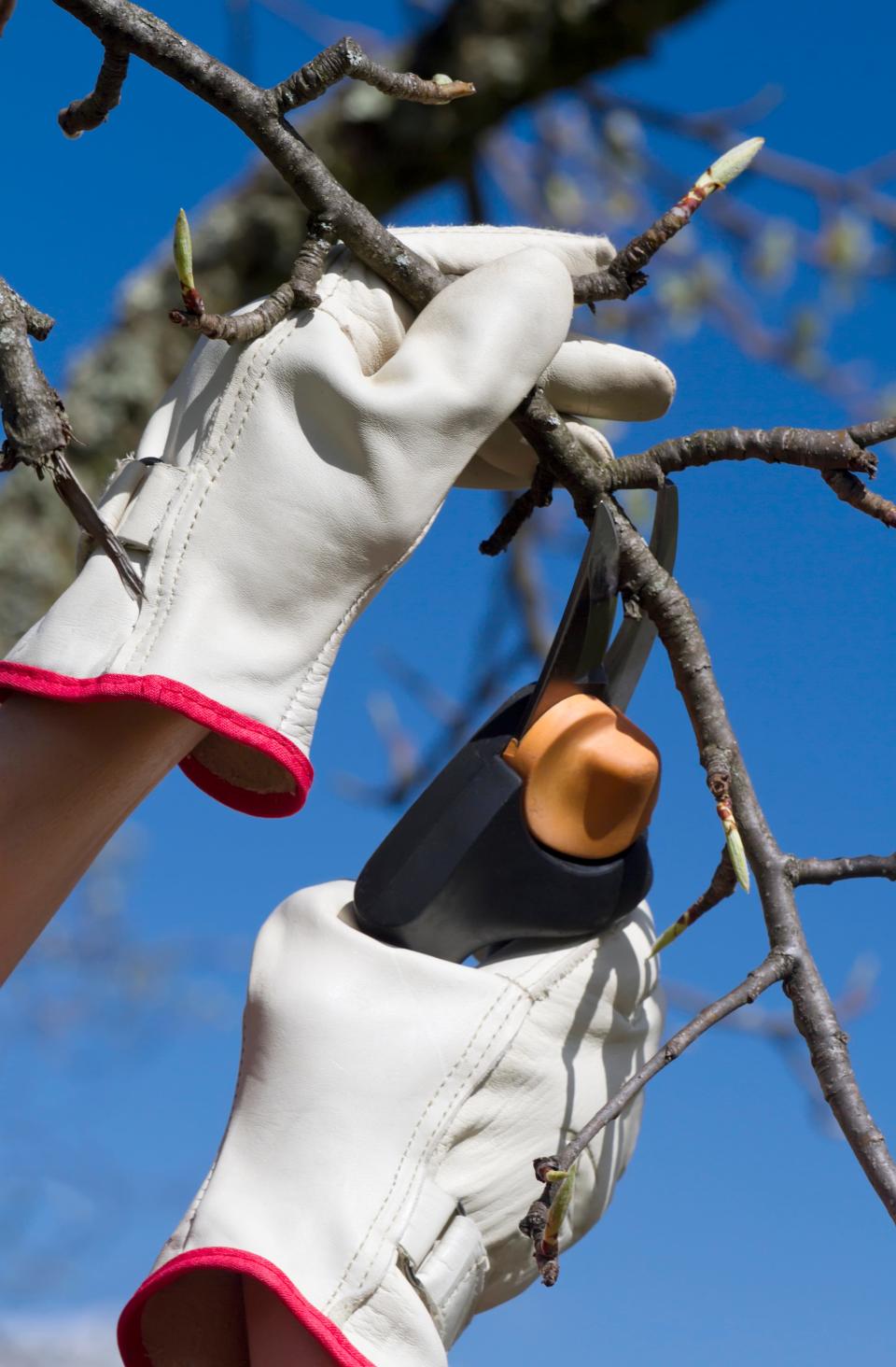
Pruning to maximize bloom is nice, but it’s just a short-term thing. Pruning to promote a healthy plant is the best place to start for long-term plant performance. Pruning for health starts with the 3 Ds — removing Dead, Diseased, and Damaged branches. Starting with the 3 Ds means removing what has to go to keep the plant healthy before making decisions based on aesthetics. It requires a thorough inspection of the plant rather than a “grip it and rip it” pruning approach but generally produces much better results.
After the 3Ds, the next step is to prune for the structural health of the plant. This is where you prune to alleviate the crossing or rubbing of branches (that can cause bark damage and provide entry for pests and diseases). Of course, some plants are way too densely branched to worry about crossing branches (azaleas, spiraeas, etc.) but in some cases, it can greatly improve the plant’s appearance and performance. Structural health pruning is far more important in trees than in shrubs.
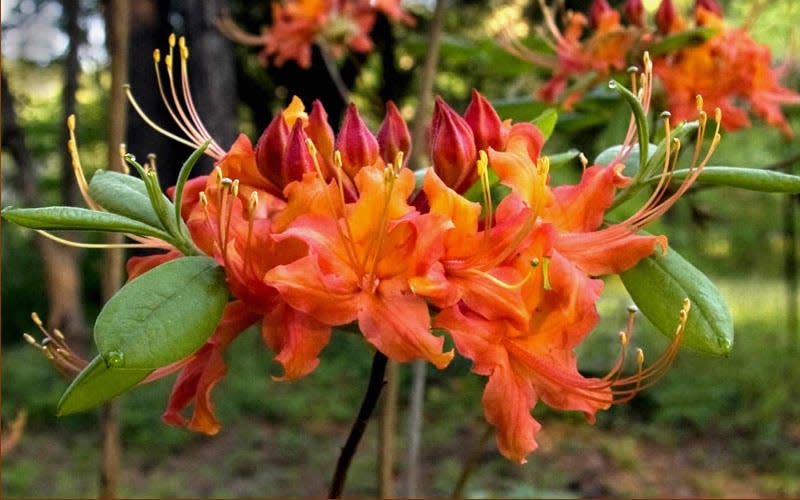
The last option for health pruning is what we call rejuvenation pruning. Suckering shrubs such as forsythia, lilac, and red-stemmed dogwood perform best when they are encouraged to produce new shoots from the crown of the plant. Annual removal of a few of the oldest branches (by cutting them to the ground) stimulates new shoot formation in spring and opens up the center of the plant to allow more light to get to those new shoots. Since most of these species show their best flowering (and even bark color in the case of the red-stemmed dogwoods) annual rejuvenation pruning improves plant health and promotes maximum show in the garden.
How do I prune a topiary?
All the above health approaches to pruning are great at helping you get the best performance out of your plant. But there are times you just want a certain look or a specific feature in the garden. Tightly sheared hedges have their place in some gardens and require a specific approach to pruning. You’re not worried about crossing branches. You want a tight, geometric shape in the landscape.
Creating an espaliered tree — pruning it to a rather flat, 2-dimensional specimen, is another highly specialized approach that allows you to fit a fruit tree into a small space or produce a unique design element in the garden. Topiary — pruning a plant into a geometric or fanciful shape — is another special approach that doesn’t follow all the health rules.
Do I need to prune my shrub?
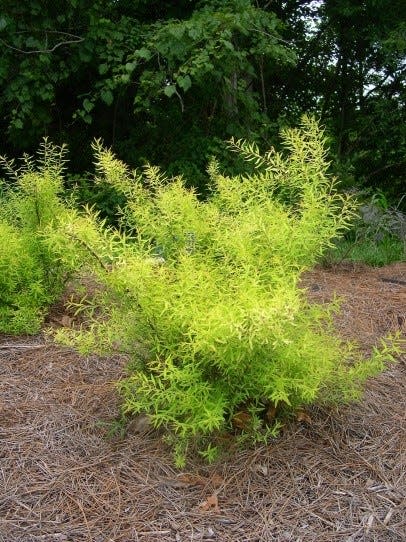
This is the million-dollar question. For some reason, many people treat shrub pruning a bit like changing their HVAC filters — every once in a while you think to yourself, “Hey, I haven’t done this for a while. I guess I’ll go do it now.” But the horticultural truth is, many times you don’t need to prune your flowering shrubs at all. Viburnums, spiraeas, lilacs, and a list of other shrubs, do perfectly fine in the wild without shears-wielding gardeners whacking away on a fall Saturday between football games.
Sure, we can create special effects in the garden by employing certain pruning practices. But if you’re pruning your giant forsythia three times a year to keep it in a 3-foot by 3-foot space, you should probably be thinking more about moving it to a new location rather than trying to keep it one-tenth of its normal size.
So those are the shrub pruning basics. But by all means, if you have any other questions, look for me in the OR. I’ll be the one waiting on my mask!
Paul Cappiello is the executive director at Yew Dell Botanical Gardens, 6220 Old Lagrange Road, yewdellgardens.org.
This article originally appeared on Louisville Courier Journal: When do I need to prune my shrubs? Here are 4 things to know

